What is Aleppo Pepper?
Aleppo pepper (also known as Halaby pepper) is a moderately spicy chili pepper originating from Syria, with a heat level of 10,000–15,000 Scoville units. It's prized for its smoky, fruity flavor and is used in Middle Eastern cuisine for marinades, dips, and more. This guide covers everything you need to know about Aleppo pepper, including how to use it, substitutes, buying tips, and storage.
- Heat Level: 10,000–15,000 SHU (mild to medium heat)
- Origin: Syria (now primarily Turkey due to regional conflicts)
- Flavor Profile: Smoky, fruity, citrusy notes with gradual heat
- Common Uses: Marinades, hummus, roasted vegetables, spice blends
- Substitutes: Ancho chili + smoked paprika, cayenne mixed with sweet paprika
| Pepper Type | Heat Level (SHU) | Flavor Notes | Best Use |
|---|---|---|---|
| Aleppo Pepper | 10,000–15,000 | Fruity, Smoky, Citrusy | Marinades, Rubs, Dips |
| Cayenne | 30,000–50,000 | Sharp, Bitter, Pungent | Spice Blends, Hot Sauces |
| Ancho | 1,000–2,000 | Earthy, Chocolate-like | Stews, Mole Sauce |
| Jalapeño (dried) | 2,500–8,000 | Grassy, Slightly Sweet | Salsas, Tacos |
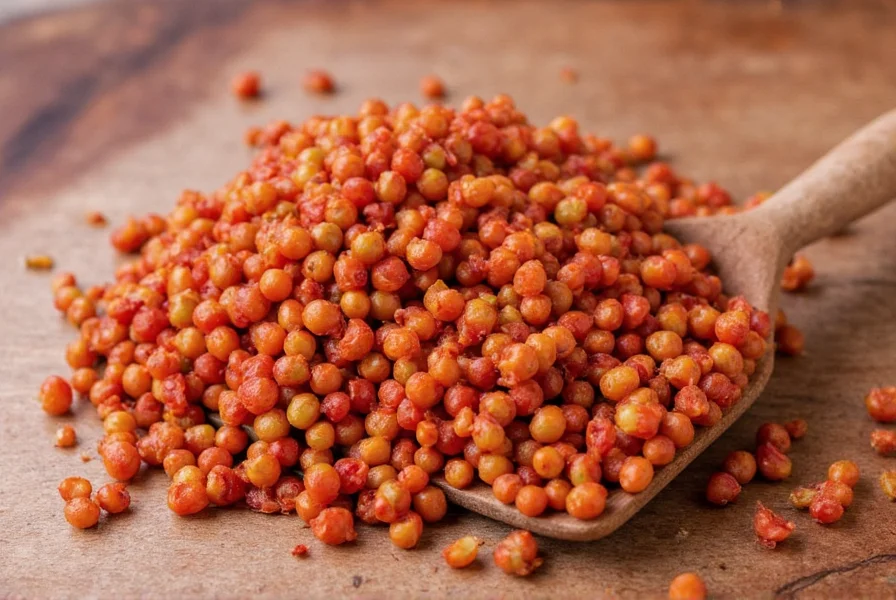
Chef’s Secrets: 7 Proven Ways to Use Aleppo Pepper
- Add to Hummus: Sprinkle a pinch for a warm, earthy kick.
- Boost Your Marinade: Mix with olive oil, garlic, and lemon juice for grilled meats.
- Season Roasted Vegetables: Perfect on eggplant, zucchini, and bell peppers.
- Enhance Popcorn: Blend with melted butter and drizzle over freshly popped corn.
- Upgrade Olive Oil Drizzles: Mix with sea salt and use as a finishing touch on pasta or bread.
- Make Flavored Salt: Combine with coarse sea salt for a custom seasoning.
- Infuse Honey: Heat gently with honey to create a spicy-sweet glaze for cheeses or toast.
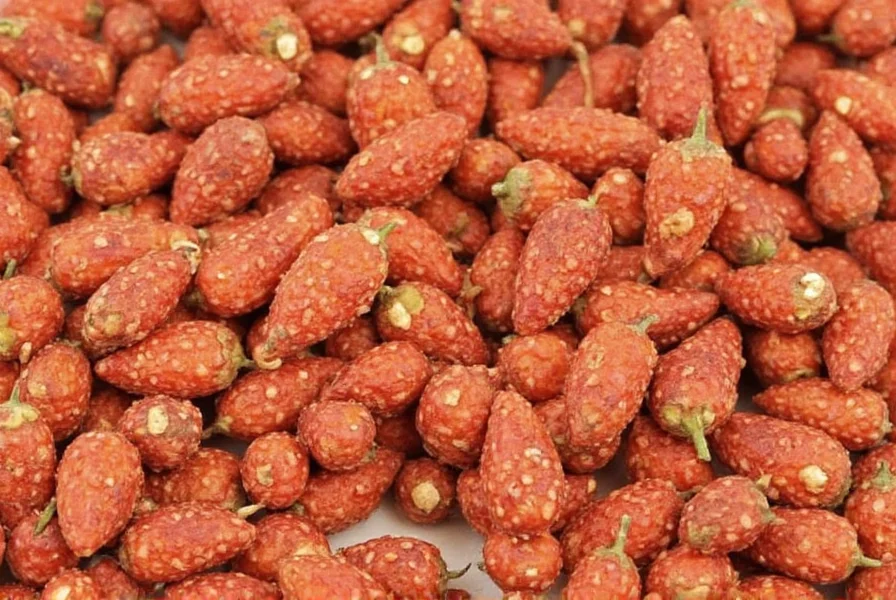
Buying Guide: How to Choose Authentic Aleppo Pepper
When shopping for Aleppo pepper, quality matters. Here's what to look for, whether you're buying whole dried pods, ground spice, or infused oils.
| Type | Pros | Cons | Best For |
|---|---|---|---|
| Whole Pods | Purest form, longer shelf life | Need grinding, less convenient | Cooking purists, DIY spice makers |
| Ground Powder | Ready to use, easy storage | Loses potency faster | Quick cooking, daily use |
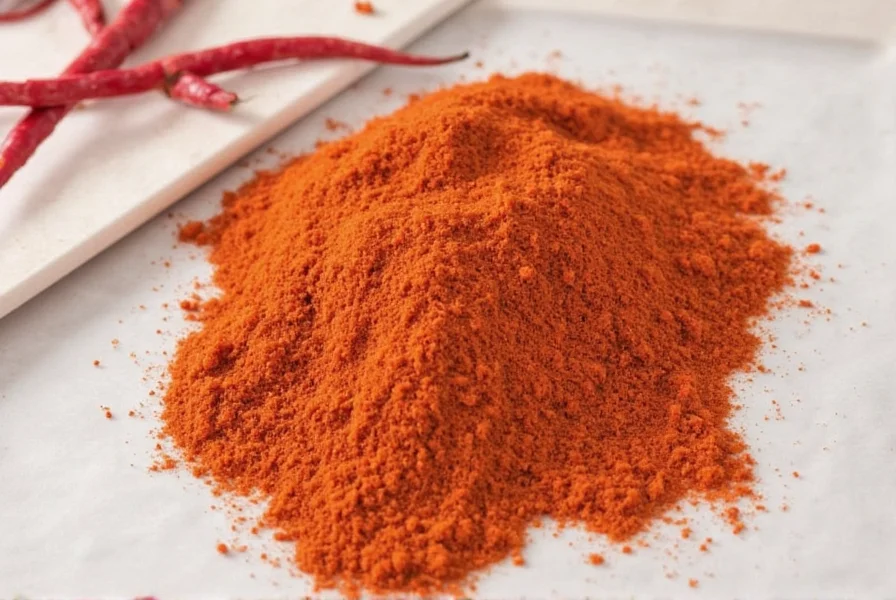
Top Brands and Products Worth Trying
- Zamouri Spice Co. Aleppo Pepper: Known for its deep red color and consistent grind. Great for sprinkling over flatbreads or pastas.
- Diamond of the Desert Organic Aleppo Pepper: Certified organic, ideal for health-conscious cooks.
- La Bohème Infused Oil: Cold-pressed olive oil infused with Aleppo pepper — perfect for drizzling.
What to Look for When Buying
- Bright Red Color: Indicates freshness and quality.
- Aroma: Should smell earthy and slightly smoky, not musty.
- Origin: Authentic Aleppo pepper comes from Syria or Turkey. Be cautious with vague labeling.
- Price Point: Expect to pay a bit more than generic chili powder — true Aleppo has depth and scarcity due to regional conflicts.
Storage Tips to Preserve Flavor
To maintain the rich flavor and vibrant color of Aleppo pepper:
- Store in an airtight container away from sunlight.
- Keep in a cool, dry place — ideally below 70°F (21°C).
- Use within 6 months for optimal potency.
- Freezing is optional but unnecessary unless in humid climates.
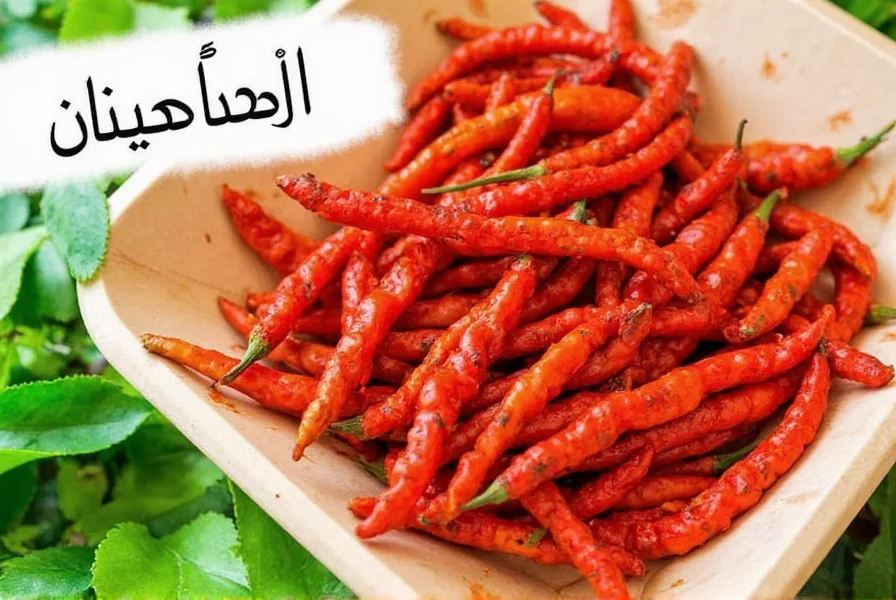
Global Cuisine Applications
Aleppo pepper is deeply rooted in Middle Eastern cuisine but has found a home in kitchens across the globe:
- Turkey: Key ingredient in kebab marinades and dips like ezme.
- Syria: Used in everything from stews to lentil soups.
- France: Gourmand chefs add it to vinaigrettes and sauces for nuanced heat.
- USA: Popular among food bloggers and restaurant chefs for its versatility.
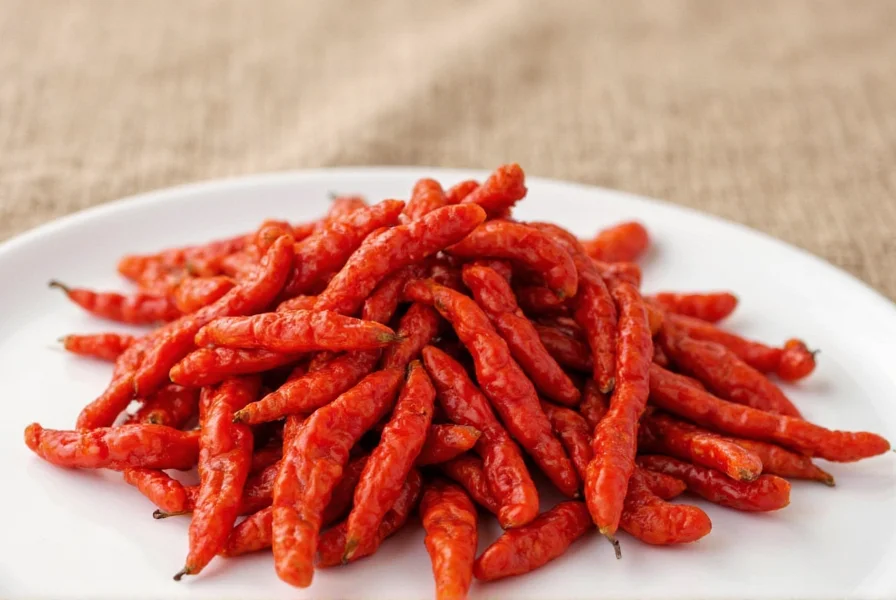
Science Behind the Flavor
The active compound in Aleppo pepper — capsaicin — is responsible for the spice sensation. Compared to hotter chilies, Aleppo contains a moderate level of capsaicin, making it palatable to most while still offering benefits such as boosting metabolism and improving circulation. Scientific studies confirm capsaicin's role in metabolic enhancement and pain relief, though individual results may vary.
- Metabolism Boost: Capsaicin increases internal temperature, enhancing calorie burn.
- Pain Relief: Used in topical creams for joint pain and muscle soreness.
- Antioxidant Properties: Rich in vitamin C and carotenoids, which fight oxidative stress.
Substitutes for Aleppo Pepper
If you can't find Aleppo pepper at your local store, here are some smart substitutes depending on your recipe needs:
- Mild Heat & Fruitiness: Ancho chili powder + a pinch of smoked paprika.
- Extra Heat Needed: Cayenne pepper diluted with sweet paprika.
- Texture Similarity: Crushed red pepper flakes (use half the amount).
Frequently Asked Questions About Aleppo Pepper
What exactly is Aleppo pepper and where does it come from?
Aleppo pepper is a moderately spicy chili pepper named after the city of Aleppo in Syria. Despite its name, it's not actually a pepper but a variety of Capsicum annuum chili. Traditionally grown in Syria and Turkey, these peppers are typically sun-dried, treated with oil and salt, then coarsely ground. The ongoing conflict in Syria has affected production, so much of today's Aleppo pepper actually comes from Turkish growers using the same traditional methods.
How hot is Aleppo pepper compared to other common chilies?
Aleppo pepper ranges from 10,000 to 15,000 Scoville Heat Units (SHU), placing it in the mild-to-medium heat category. For comparison, it's about half as hot as cayenne pepper (30,000-50,000 SHU) but significantly hotter than ancho chili (1,000-2,000 SHU). What makes it unique is that despite this heat level, it presents a gradual, building warmth rather than an immediate burn, making it more approachable for those who aren't fans of extreme spice.
Is Aleppo pepper the same as Halaby pepper?
Yes, Aleppo pepper is also commonly referred to as Halaby pepper (or Halaby biber in Turkish). Both names refer to the same spice, with "Aleppo" being the name used in Western markets and "Halaby" being the Arabic name derived from the city of Aleppo (Halab in Arabic). You might also see it called Turkish pepper or Syrian pepper, though these terms can sometimes refer to similar but not identical regional varieties.
Can I substitute regular red pepper flakes for Aleppo pepper?
You can substitute red pepper flakes for Aleppo pepper, but with important caveats. Regular red pepper flakes (typically made from cayenne) are significantly hotter and lack the complex flavor profile. For a better substitute, use half the amount of red pepper flakes combined with a pinch of smoked paprika and a tiny bit of salt. Alternatively, mix ancho chili powder with a small amount of cayenne for a closer flavor approximation. Remember that Aleppo offers fruitiness and subtle smokiness that standard red pepper flakes don't provide.
Is Aleppo pepper still being produced given the situation in Syria?
While Aleppo pepper originated in Syria, much of today's commercial supply comes from Turkey due to the ongoing conflict in Syria. Turkish farmers have adopted traditional Syrian methods for growing and processing these peppers. Some smaller-scale production continues in safer regions of Syria, but Turkish-grown Aleppo pepper now dominates the international market. When purchasing, look for products that specify they come from Turkish cultivation using traditional methods to ensure authenticity.
What's the difference between Aleppo pepper and paprika?
While both are made from dried, ground peppers, they differ significantly. Paprika is typically made from sweet or mild peppers and ranges from sweet to hot varieties, but generally lacks the complex flavor profile of Aleppo pepper. Aleppo has a distinctive fruity, slightly citrusy flavor with moderate heat (10,000-15,000 SHU), while standard sweet paprika has virtually no heat. Hungarian paprika tends to be earthier and less fruity, while Spanish paprika (pimentón) offers smokiness but usually less heat than Aleppo. They're not direct substitutes due to these flavor and heat differences.
Why Every Kitchen Needs Aleppo Pepper
In a world where spice often means just heat, Aleppo pepper brings something rare — balance. Its ability to enhance without overwhelming, warm without burning, and intrigue without intimidating makes it a kitchen essential. Whether you're a spice lover or someone who appreciates subtlety in flavor, this versatile chili deserves a prime spot in your spice rack. So go ahead, open a jar, take a sniff, and let your taste buds dance with joy.
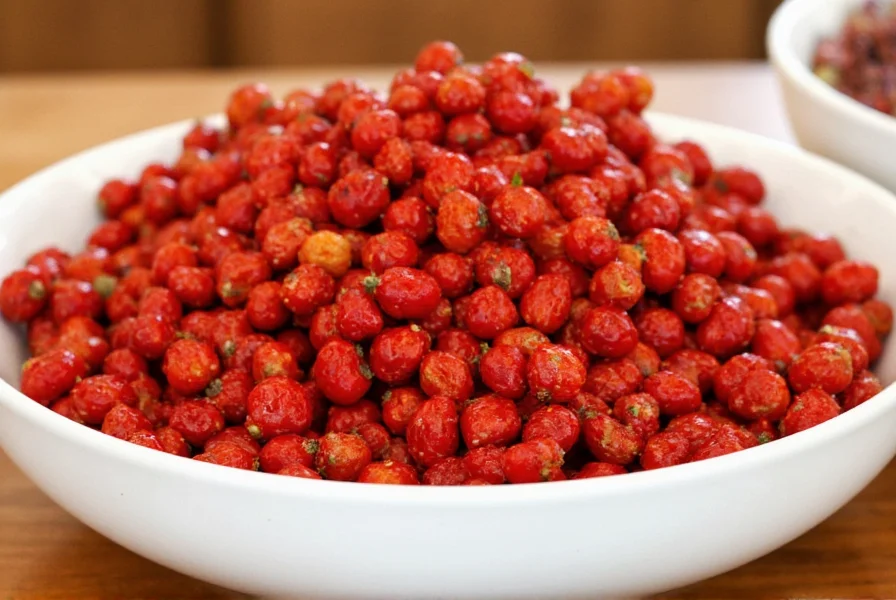

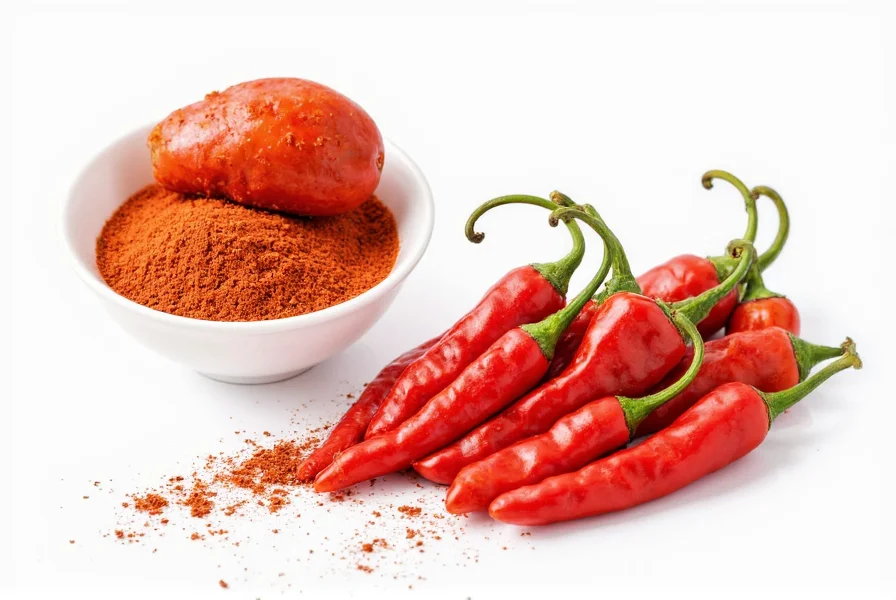









 浙公网安备
33010002000092号
浙公网安备
33010002000092号 浙B2-20120091-4
浙B2-20120091-4